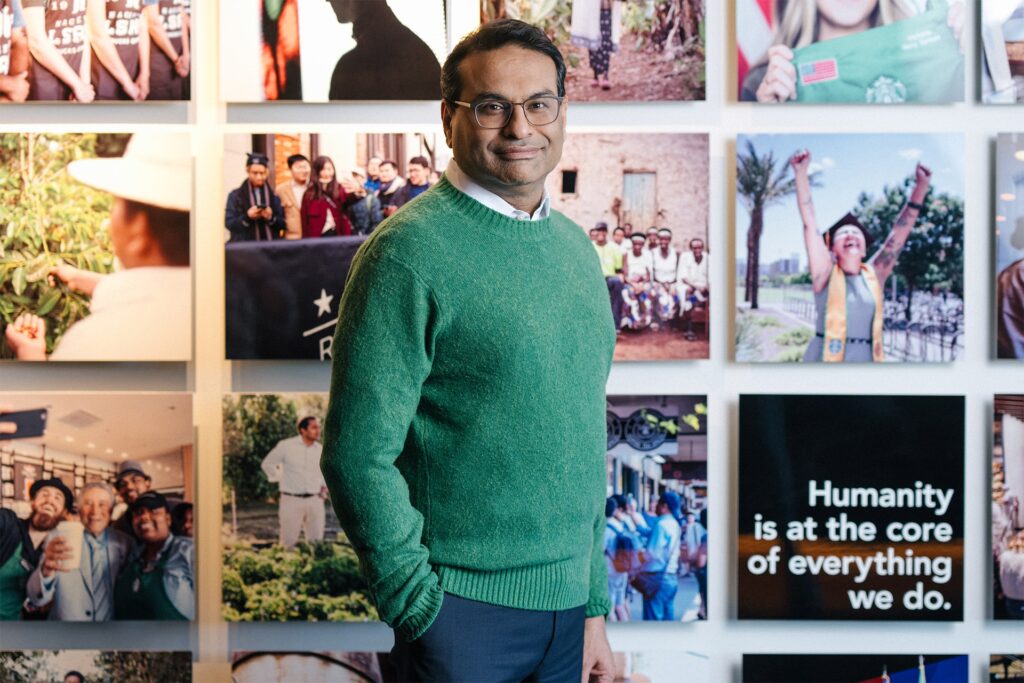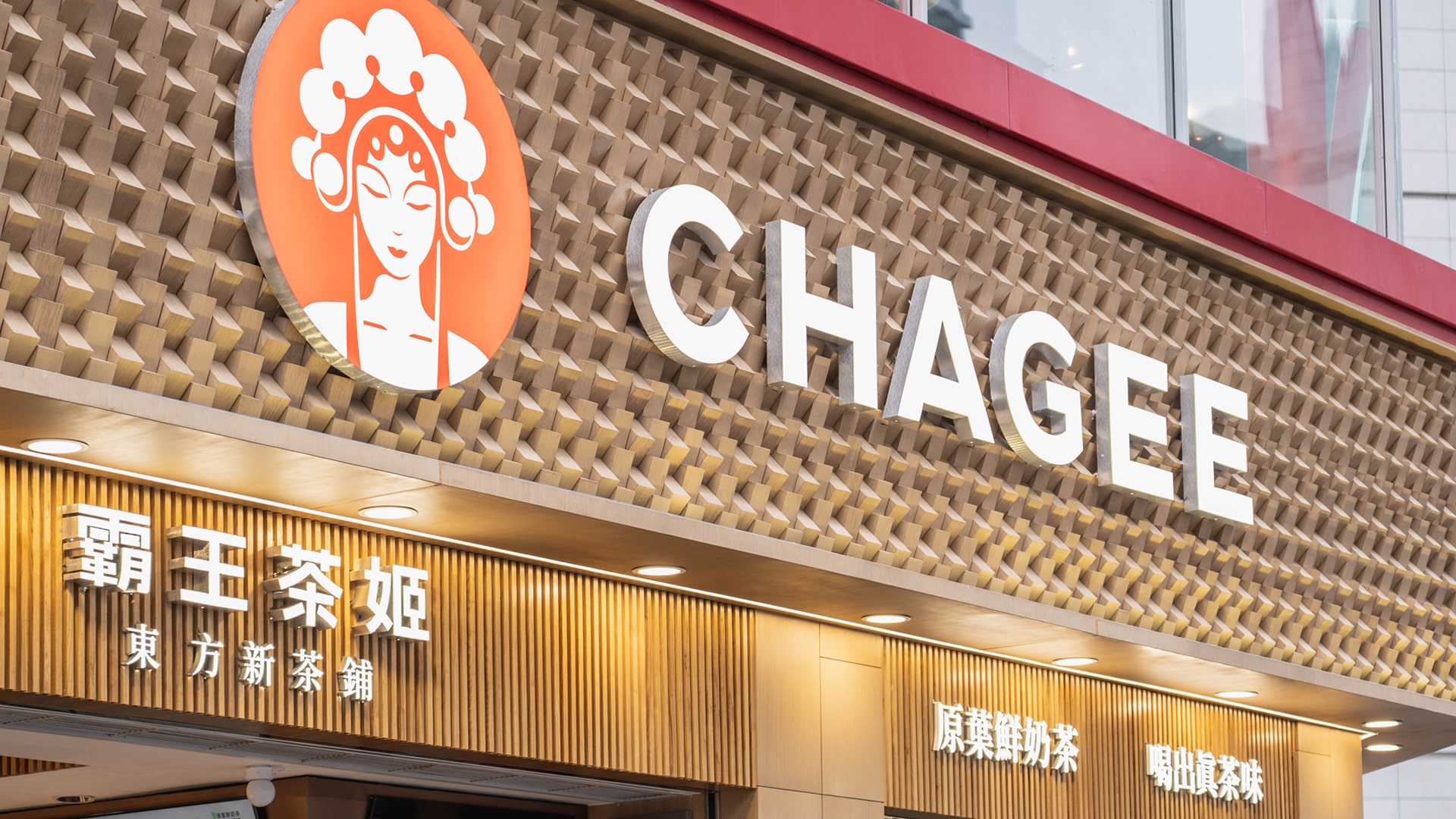Starbucks recently witnessed an unexpected boost in its stock price, offering a glimmer of hope amid a broader performance crisis. On August 13, the company announced that Brian Niccol, the CEO of Chipotle, will take the helm as the new chairman and CEO to address its ongoing sales struggles.
Niccol’s appointment triggered a nearly 25% surge in Starbucks’ stock, marking the largest single-day gain since the company’s IPO in 1992 and pushing its market capitalization back over USD 100 billion. The market’s enthusiasm is not unwarranted—under Niccol’s leadership since March 2018, Chipotle’s stock price skyrocketed by over 750%.
Niccol, celebrated for his achievements at Chipotle and Taco Bell, has been lauded as one of the top public restaurant CEOs, making him a dream hire for Starbucks. TD Cowen, an American investment bank, quickly upgraded Starbucks’ stock rating from “hold” to “buy,” suggesting that Niccol’s arrival could herald a new era for the company. The analyst highlighted the parallels between the turnaround Niccol orchestrated at Chipotle and the strategic improvements Starbucks now needs in areas like marketing, product innovation, and operations.
However, the challenges Niccol faces at Starbucks are not identical to those he encountered at Chipotle. Whether he can replicate his past success in this new role remains to be seen.
New leadership, familiar challenges
Starbucks’ history of CEO changes has been marked by a series of ups and downs. Since 2022 alone, the company has cycled through three different CEOs—Kevin Johnson, Howard Schultz, and Laxman Narasimhan—before appointing Brian Niccol.
Unlike his predecessors, Narasimhan was an external hire, having previously worked at British consumer goods giant Reckitt Benckiser. Schultz, who played a pivotal role in Narasimhan’s appointment, praised him for his strategic and transformational leadership qualities. Schultz even mentored Narasimhan for six months, preparing him to carry out Starbucks’ long-term growth vision in the US and China.
However, Narasimhan’s tenure proved to be rocky. His lack of experience in the food and beverage industry, coupled with the immense pressure of following Schultz’s ambitious plans, led to a series of missteps. While Narasimhan focused on improving efficiency to cut costs and boost sales, these efforts culminated in Starbucks’ first decline in same-store sales in four years, with the stock price plummeting over 15%—its steepest drop since March 2020.

Schultz did not hold back his disappointment, taking to LinkedIn to urge the company to acknowledge its shortcomings and focus relentlessly on enhancing the customer experience. Reports indicate that Schultz frequently sent critical emails to the executive team, scrutinizing everything from the company’s stock performance to its menu and marketing strategies.
The downward trend persisted. Starbucks’ third-quarter results for the 2024 fiscal year, released on July 31, revealed a 1% year-on-year revenue decline to USD 9.1 billion, and a 7.6% drop in net profit to USD 1.06 billion. In the US market, same-store sales fell by 2%, while same-store transactions decreased by 6%.
Faced with these challenges, Starbucks found itself at a crossroads. In previous crises, Schultz would have stepped in, but two years ago, he announced his permanent retirement from the CEO role. The decision to replace Narasimhan had been in the works for some time. Starbucks chairperson Mellody Hobson revealed that discussions about a leadership change began two months ago, culminating in Niccol’s appointment. To secure Niccol, Starbucks offered him both the CEO and board chairman positions, mirroring his dual role at Chipotle.
Founded in 1993, Chipotle is a US-based Mexican casual dining chain known for its burritos, tacos, and salads. When Niccol joined in 2018, the company was still recovering from a food safety crisis that had affected over 1,000 people. Niccol’s leadership brought a series of strategic changes, most notably his refusal to franchise, expand rapidly internationally, or add breakfast items to the menu. Instead, he focused on strengthening Chipotle’s domestic market and digital transformation, leading to a 750% increase in the company’s stock price.
Niccol’s emphasis on quality, value, speed, and customization helped Chipotle excel in the fast casual dining industry. Starbucks, however, has long struggled with speed—a critical factor Niccol will need to address. Data from Technomic shows that, in the last quarter, about 8% of Starbucks customers waited 15–30 minutes for their orders, a stark contrast to the near-zero waiting time reported in the same period in 2019.
As Starbucks grapples with rising labor costs and union challenges, the company has responded by introducing high-tech automation and more convenient options like drive-through pickup and mobile ordering. Improving store efficiency, redesigning systems to manage digital order conflicts, and enhancing the overall customer experience are all tasks that Niccol is well-equipped to tackle, making him an ideal candidate for the job.
“His retail excellence and track record in delivering extraordinary shareholder value recognizes the critical human element it takes to lead a culture and values driven enterprise,” Schultz said in a statement on August 13. “I believe he is the leader Starbucks needs at a pivotal moment in its history.”
Despite the optimism surrounding Niccol’s appointment, Starbucks faces a saturated US market, with its store count exceeding 50 times that of Chipotle. Additionally, Starbucks’ digital transformation is gradually eroding its identity as a “third place,” and cost-conscious consumers may no longer be willing to pay premium prices for takeout coffee.
The future of Starbucks in China
The Chinese market, once seen as a cornerstone of Starbucks’ future, is also under pressure. Schultz had high hopes that China, already the company’s second-largest market, could eventually surpass the US. However, the competitive landscape in China has intensified.In just the past year, Luckin Coffee opened as many stores as Starbucks has in all of China, and its sales have already surpassed those of Starbucks China. Price wars led by Luckin and Cotti Coffee have further dented Starbucks’ market position.
Competition isn’t just coming from coffee companies—countless tea brands, such as the rising star Chagee, have set a sales target for 2024 that exceeds Starbucks China’s. These brands have had a more significant impact on Starbucks by diverting afternoon traffic. According to Starbucks management, the overall decline in sales is mainly due to a drop in afternoon and evening customers.
Despite insisting it would not engage in price wars, Starbucks has been offering discounts for months, such as coupons for two drinks for RMB 45.9 (USD 6.4) or three drinks for RMB 55.9 (USD 7.8), mostly available after 4 p.m. on its app and mini-programs.
But how effective is this strategy?
In the third quarter of the 2024 fiscal year, Starbucks China’s total revenue fell 11% year-on-year to USD 730 million. Same-store sales dropped 14%, same-store transactions fell 7%, and the average ticket price declined by 7%.
A mid-level executive at a major restaurant chain in China told 36Kr that Starbucks’ simultaneous decline in same-store transactions and average ticket price indicates a failed promotional strategy. Discounts, generally intended to boost sales, seem ineffective when both key indicators are falling.
Niccol’s previous success at Chipotle did not involve the Chinese market, so his leadership will be tested in uncharted territory. Industry insiders believe this leadership change is more focused on revitalizing the US market. A former mid-level executive at Starbucks noted that the changes at the US headquarters are issues that Belinda Wong, CEO of Starbucks China, and senior executive Molly Liu will need to address as they work to improve performance.
According to a report by The Wall Street Journal, Narasimhan had considered strategic partnerships for Starbucks’ wholly-owned Chinese business, with some investors suggesting the company license its operations to local operators, as it does in other countries. Internal disagreements over this decision may have contributed to Narasimhan’s departure.
Niccol, however, has the backing of activist investor Elliott, which could give him the mandate to pursue significant changes, such as selling or franchising Starbucks’ operations in China. The question remains: will Niccol be the one to drive these changes?
KrASIA Connection features translated and adapted content that was originally published by 36Kr. This article was written by Li Xiaoxia for 36Kr.

